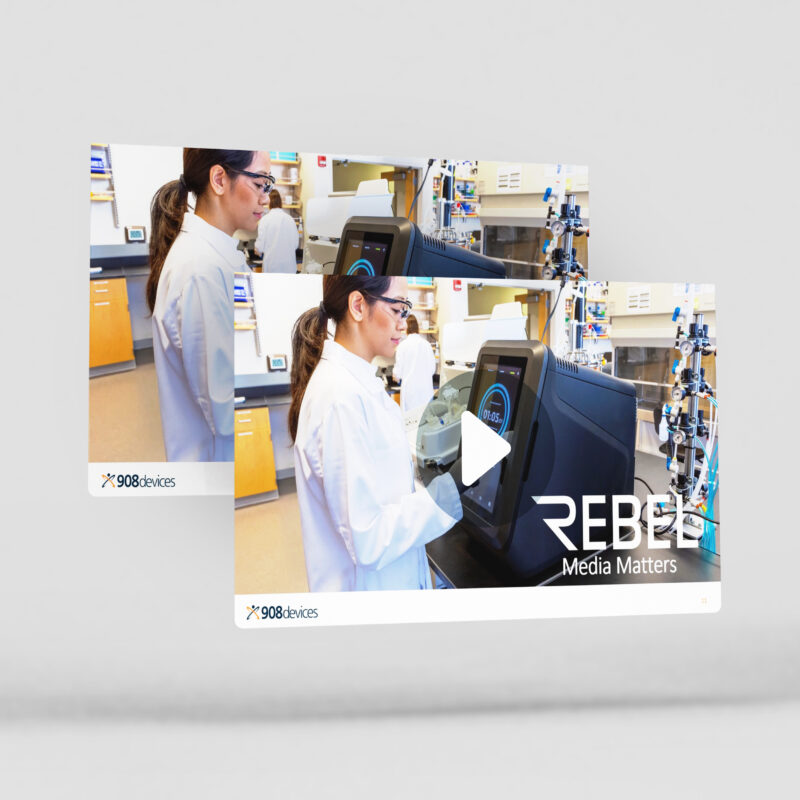Conference Talk: 2021 Industrializing Cell-Based Meats & Seafood Summit

Subscribe to Our Communications
Signup to receive new product updates, technical tips and more.

Subscribe to Our Communications
Signup to receive new product updates, technical tips and more.